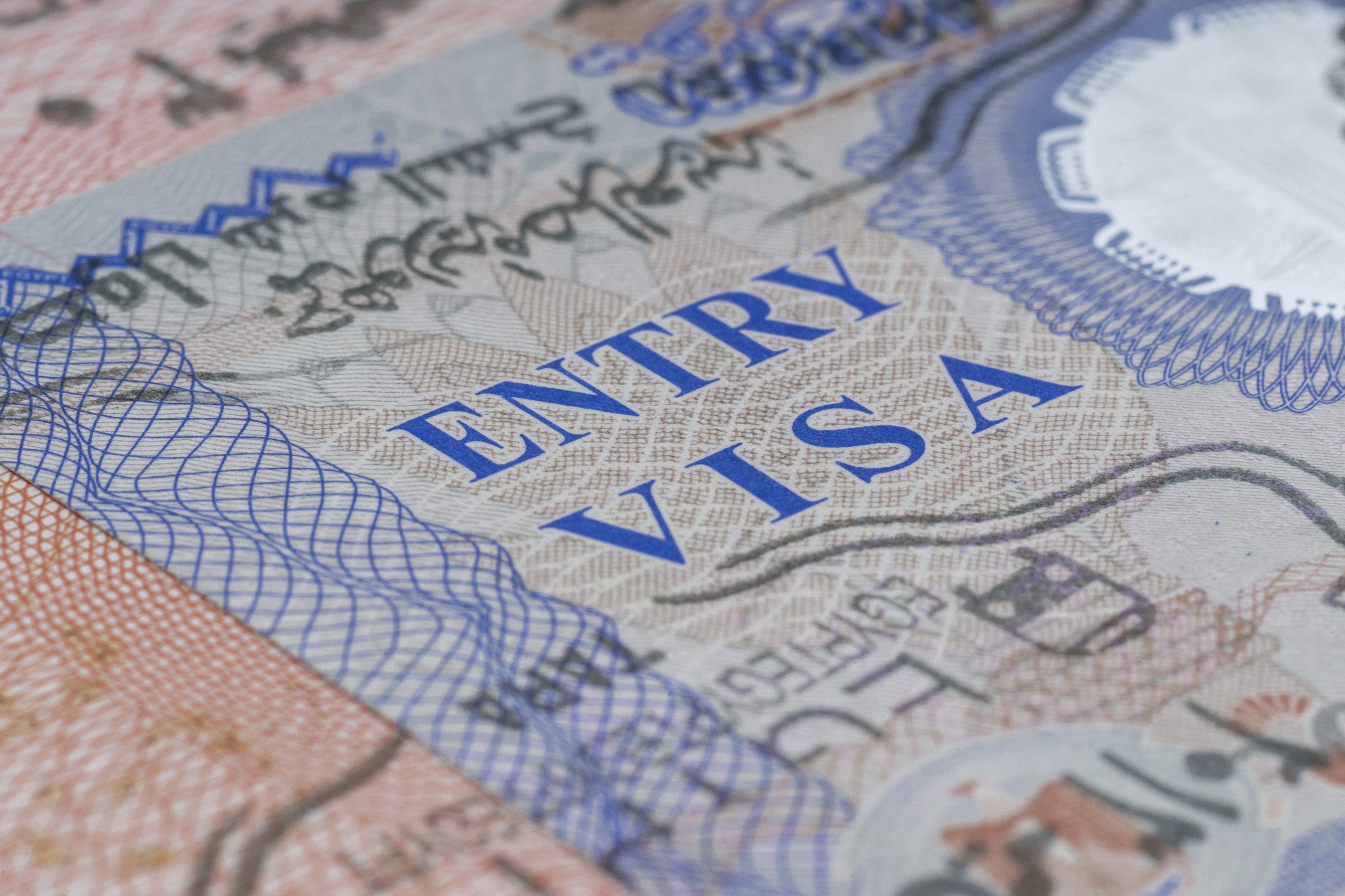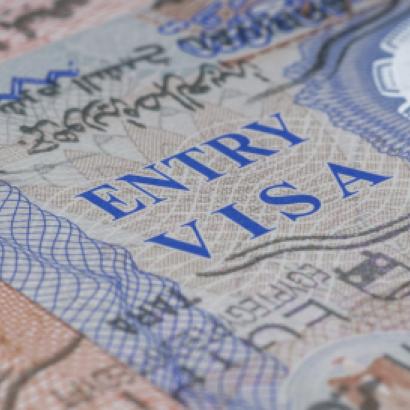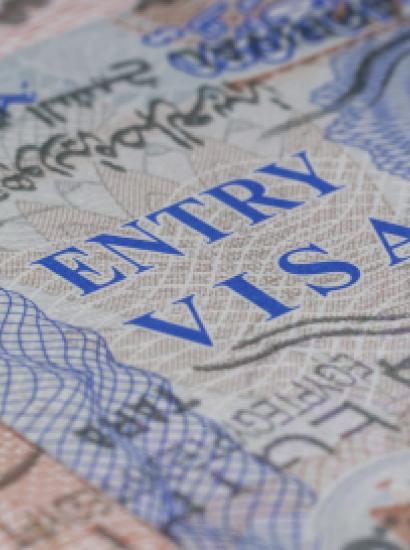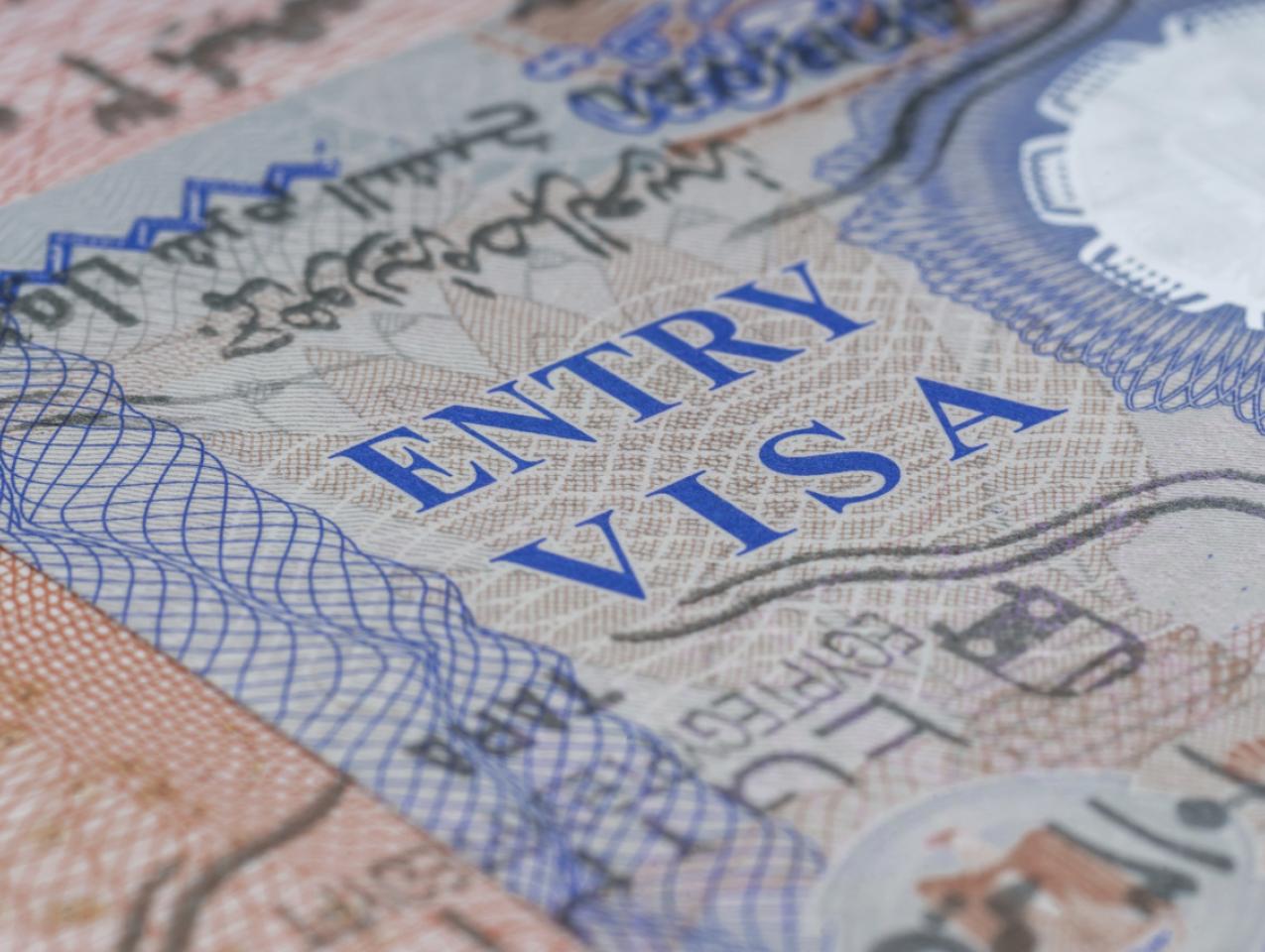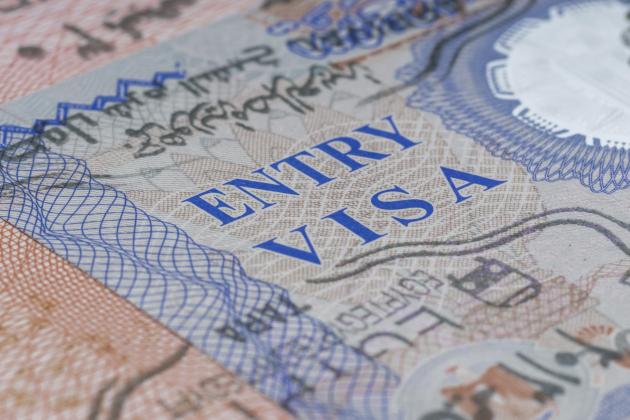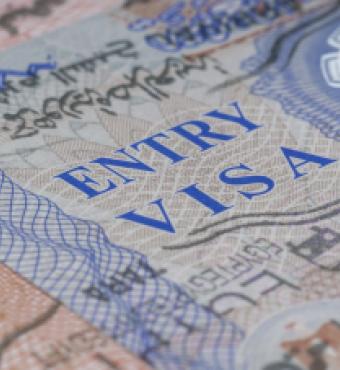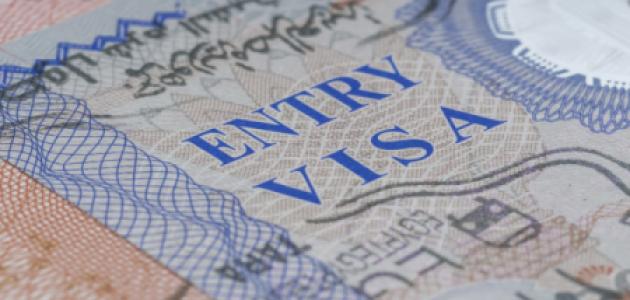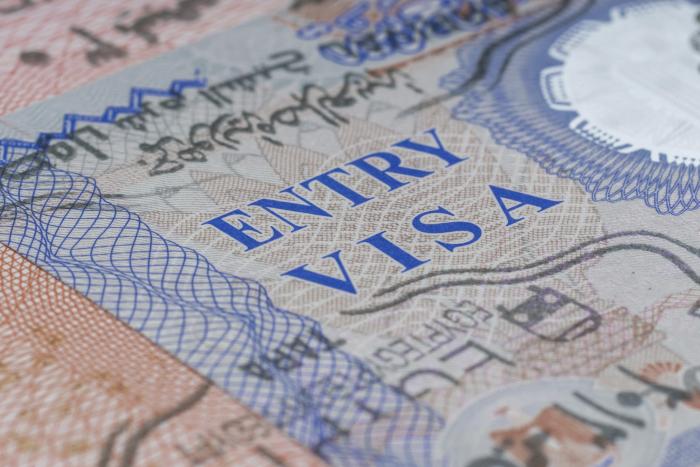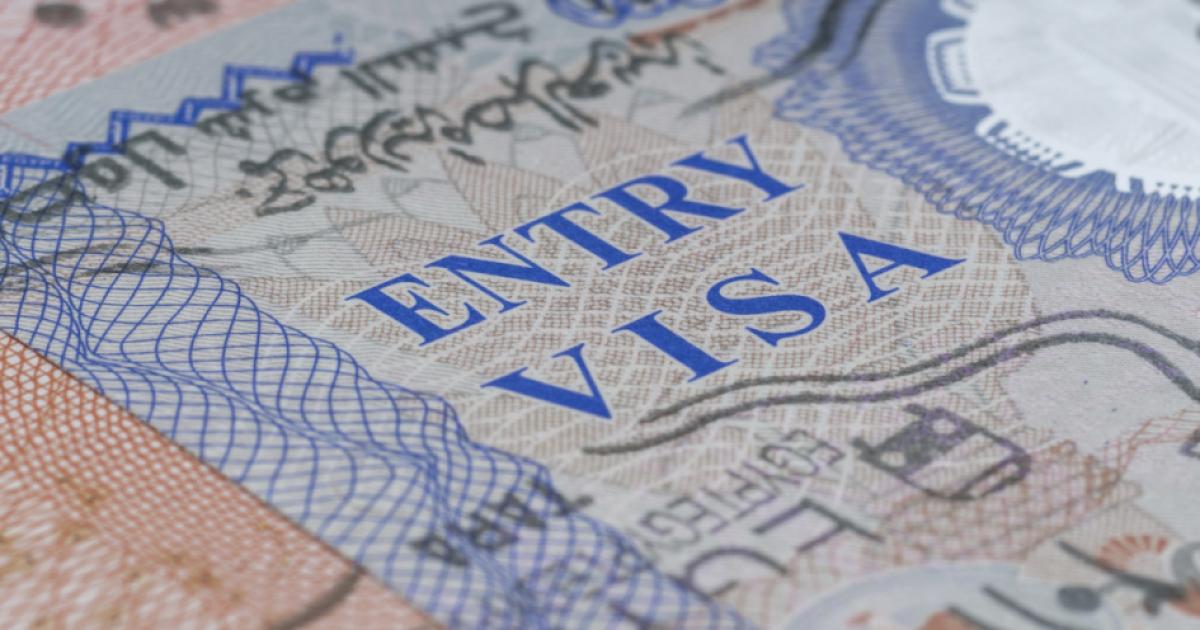- Law & Policy
- Immigration
- Politics, Institutions, and Public Opinion
- State & Local
- California
If you’re Gavin Newsom and fresh off a landslide victory in the Golden State, you make staff choices, get cozy with the new crop of lawmakers, and “get under the hood” of the budget process. (Unlike in Washington, where a new president walks into a federal fiscal cycle that’s begun a month before the election, Newsom gets to introduce his own state spending plan next month, with a fiscal deadline of next summer.)
The governor-elect also keeps making campaign promises—the very liberal Newsom, for example, visiting the more conservative Fresno late last week to convince the locals that he won’t turn his back on that less-welcoming stretch of California’s electorate. (Despite earning nearly 62 percent of the November vote, Newsom lost six of the eight counties that make up the Central Valley.)
And there’s the dropping of hints as to how the incoming governor will handle matters differently than his predecessor.
Which is what Newsom did during his Fresno visit, when he suggested that he might get more involved than the outgoing governor Jerry Brown in the nation’s immigration conversation. (Newsom’s exact words: “I think this state has been missing in action a bit…. We need to assert ourselves.”)
Here, Newsom has at least three options, if he wants to depart from the norm of the previous eight years.
First, Newsom can draw more attention to the choices being made by California’s government that constitute thumbs in the eye to the Trump administration.
Just as Brown had to decide whether to be the first US governor to sign a “sanctuary state” law (he did so, a year ago), one of Newsom’s early signature moves could be making California the first state to expand Medicaid to illegal immigrants.
But unlike Brown, whose PR machine was the equivalent of a Razor scooter, Newsom thrives on earned media. He easily could ramp up his print and electronic appearances—at home and on the East Coast—to highlight the California difference.
Newsom’s second option, also along the lines of demonstrating differences between Democrats and Republicans, is to establish himself as the most prominent of the nation’s twenty-three Democratic governors (seven newly elected last month).
This would be interesting to watch as it potentially would pit Newsom against the incoming chair of the Democratic Governors Association, Rhode Island’s Gina Raimondo. She’s that rarest of political creatures: a pro-growth Democratic moderate.
That takes us to Newsom’s third option: as leader of the state with the nation’s largest population of undocumented immigrants, he could attempt to build a bipartisan coalition of governors to pressure a reluctant Congress and White House into an immigration fix.
The closest parallel to this occurred twenty-five years ago, when seven states turned to Washington for relief from the costs of illegal immigration (education, health care, incarceration).
Early in 1994, the Clinton White House hosted a governors-only meeting with the heads of Arizona, California, Florida, Illinois, New Jersey, and Texas (New York sent a representative). At the time, Arizona, California, Illinois, and New Jersey were governed by Republicans; Democrats governed Florida, New York, and Texas.
That was too much bipartisan firepower for a first-term president to ignore—well, that and the realities of the political map (Bill Clinton carried all of those states, except for Texas, in 1996; they accounted for 157 of his 379 electoral votes).
For the White House, the meeting was a no-brainer. The Clinton administration could sympathize with the governors, knowing that the aid request would die on Capitol Hill. (The previous year, the White House asked for $400 million in immigration relief; the House passed the measure; it was eliminated in a Senate compromise.)
What Newsom could explore in 2019 is the feasibility of a bipartisan coalition of the governors of the nation’s border and most populous states working together on, for lack of better words, an immigration “bill of rights.” Among the articles: pathway to citizenship, workforce participation, access to public services, and border security.
Such an endeavor should include the governors of California, Florida, Illinois, New Jersey, New York, and Texas—collectively, an estimated three-fifths of the nation’s unauthorized population. Add Arizona and New Mexico, for border consideration. And also include Louisiana, Maryland, and Massachusetts—three states whose unauthorized populations rose over the past decade.
Those eleven states have
- six Democratic and five Republican governors
- fifteen Democratic and seven GOP US senators
- nearly half of the seats (208) in the US House of Representatives
In addition, four states—Arizona, Louisiana, Maryland, and Massachusetts—qualify as “purple” (having a blend of Democratic and Republican governors and senators).
Would Newsom undertake such an effort? A cynic might call it a fool’s errand given the failed experience of the US Senate’s “Gang of Eight” and its bipartisan approach to immigration reform.
On the other hand, it might serve a very practical purpose for a governor presumed to have national aspirations.
For Newsom, immigration reform could serve as a springboard to establishing himself as a policy-centric, non-Washington problem solver. That approach worked well for then-Arkansas governor Bill Clinton, who spent a good portion of 1991 touring the nation as the chair of the Democratic Leadership Council, giving speeches about how to rejuvenate the Democratic Party after three crushing presidential losses.
It paid off handsomely for Clinton in the 1992 election. The choice for Newsom, assuming he also covets presidential glory, is to lead on immigration, follow another governor’s lead, or get out of the way of a problem that seemingly punishes those who offer solutions.
One wonders what they think in Fresno.







